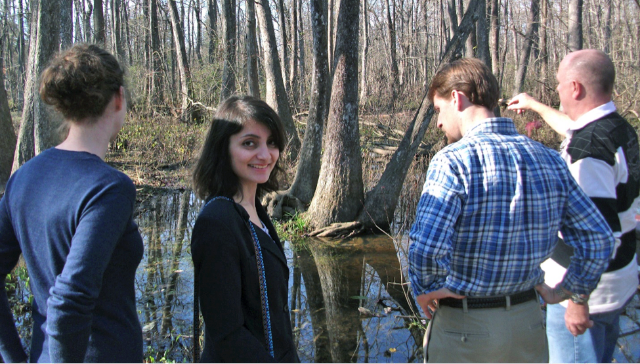I have a confession. One of the most fun activities I have done in Korea was partake in the Ice Fishing in Hwacheon. I have gone to Hwacheon twice, once with an official tour which provided a ton of benefits, and then with an unofficial tour that took us to a few other sites including the Hwacheon Dam.
Hwacheon is known to be the coldest city in South Korea, in the province of Gangwon-do, and also right next to North Korea, within nine kilometers of the Korean Demilitarized Zone.Given the reputation of being one of the coldest places, Hwacheon is home to the annual Hwacheon Sancheoneo ice fishing festival. Sancheoneo means wild trout, and the festival takes place in the Hwacheoncheon (stream) during nearly the entire month of January.
The official tour operators made there pickups at three locations: Hongik Univ. (Hongdae) Station Exit (8:00 am meet-up time), Myeongdong Station Exit 2 (8:30 am meet-up time), or Dongdaemun History & Culture Park Station Exit 12 (8:40 am meet-up time). Unofficial tours leave from different areas. We've done both official and unofficial, and it took an equal amount of time to get to Hwacheon, which was 2 and a half hours, with low traffic.
We began the trip by making a stop at the Hwacheon Peace Dam, which is meant to prevent flooding from the corresponding dam in the north, Geumgangsandaem by North Korea. There's an interesting piece on the Peace Dam by New York Times which is worth a read here.
There was a bell you could ring as well at the Dam sight, and a small park, where we explored and took some pictures.


Then,we were back on the bus we drove for another 40 minutes and arrived at the festival area. The bus drooped us at a random corner and we had to walk up a street lined with tented restaurants. We then walked under a tunnel and came out in the festival area. The fishing took place mainly on a frozen river.
We wandered for a bit and found the tent where we got our fishing poles. We were in the special foreigner section, which was nice as it meant we had a better chance of catching some fish. We spent ages bobbing our fishing rod up and down in the hole, and nothing happened. Finally, I caught a fish and then Omar caught three fish!


Sadly though, we had to return these fish. I'm not sure why, but I was pissed to kill and torture fish and find out I still won't get to take them home. Later I found out there was some mix up with the tour groups and technically, we should have been allowed to take the fish with us
Though ice fishing was undoubtedly the most popular event, and also the bare hand ice fishing (shivers), there were tons of other things going on all around us. There were areas for sledding, skating and ice hockey as well as curling. Food vendors and ajummas were all over the place and the entire city was on party mode.

For us, the next stop was the snowhill and snow tubes. With each ticket, we were allowed three slides and this was definitely the best part of the festival. After standing in line, we were given these tubes, and we climbed to the top of a hill. Once the whistle was blown, we went sliding down the hill with the snow tubes. It was a lot of fun.
After that, we spent the time exploring the entire area as well as the city, which is fairly fun. We were also told to arrive for lunch, to a designated spot for they grille the fish for us.
The last sight on the trip was the ice sculpture exhibition which was extremely entertaining and you could slide on the buildings. Most of the structures were the Gates and fortresses of Seoul.
By 7 pm, we were pooped and exhausted from the cold, so after some warming in cafe's, we headed home. But let's just say we like this festival and it was a perfect way to embrace the January chill and spend the day doing something a little different.





















